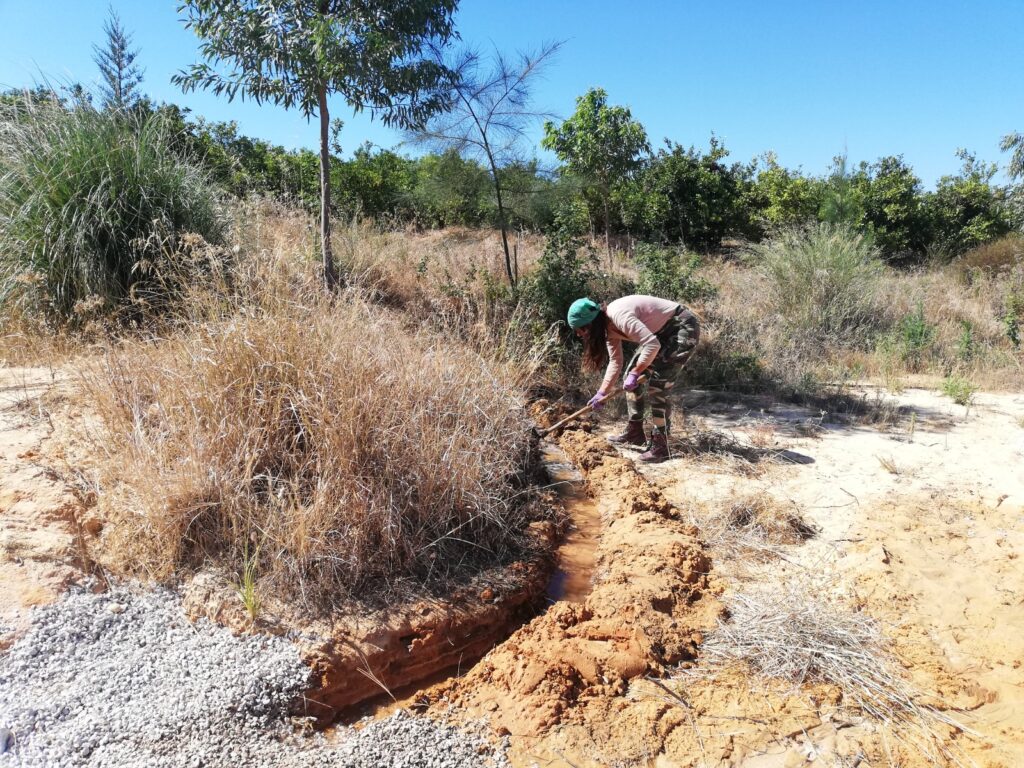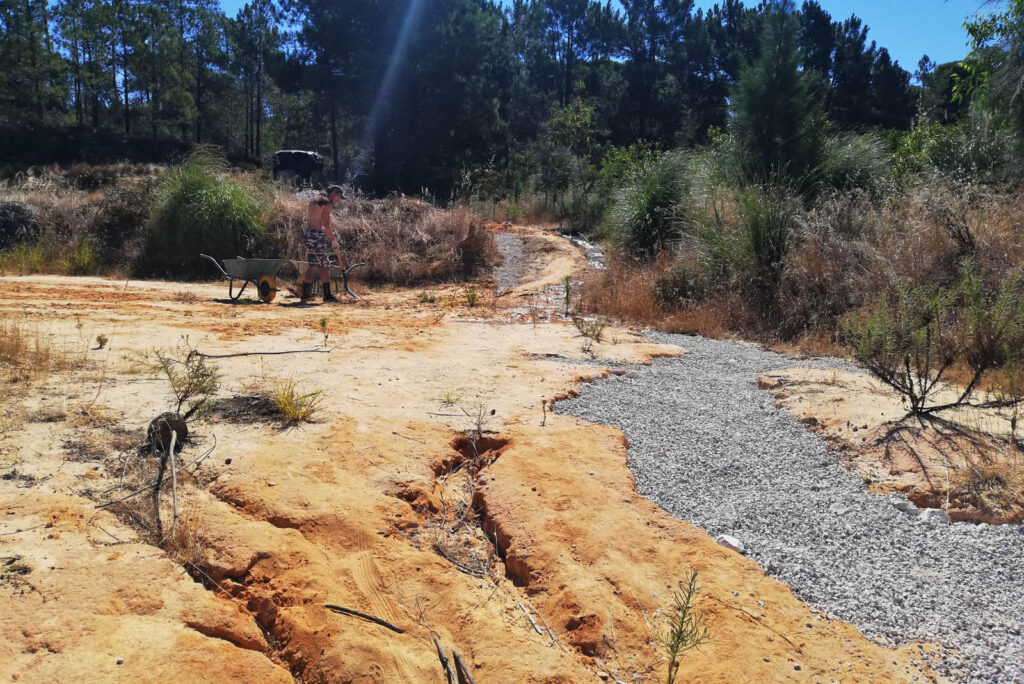I was getting ready to write about the issue of erosion, as a fundamental pillar in the fight against climate change, when my son asked me to prepare a snack.
I remembered seeing, some time ago, a package of breakfast cereals that had a suggestion written on the back: grow the cereal in the consumer's own home.
It seems difficult? Yes it seems. But the process was explained in detail on the package: put some soil on a clay tray, write the name with your finger and sow wheat in the furrows.
This clay tray can be a metaphor for most of our farmland. Soils plowed year after year by “heavy” machinery become very compacted, which, in the long run, will prevent any plant from growing.
But let's think of a board even with fertile land, but without vegetation; if we tilt the board, what will happen to the earth? Most of it will come off the board, or if a strong wind blows over the board, the earth will disappear too, and it will be impossible to successfully sow.
This is an erosion process.
But if we sow the seeds, water them properly and the plants grow, we can already tilt the board, or let the wind blow, and the plants will protect the soil and manage to stop the erosion process.
The solution to stop desertification seems like child's play.
But unfortunately the matter is very serious. And as erosion advances, so does the process of human desertification.
It's not just slope, wind and fire that accelerate erosion.
In Portugal, there are those who receive 500 euros per hectare just to plow the land or benefit from other subsidies that are intended for the production of a single crop (monoculture). Any of these practices increases the loss of soil fertility and increases erosion.
For some years now, there have been different production models that, unlike many models based on the logic of industrial agriculture, may have a higher cost at the beginning, but pay off in the long term, allowing to maintain and increase soil fertility and guarantee the practice of sustainable agriculture.
Soil is a vital resource today. It is difficult to find fertile land, at a low cost, close to where the cultivated products are consumed. And current world conditions demonstrate how much the costs of our food depend on the distance from the place where it is produced, or where the resources used are located.
Nature, to obtain 2.5 cm of fertile soil, takes about 500 years and, according to existing estimates (just google “How much soil is eroded each year in the world?”), we found that we lost 3,4 tons of soil fertile per person per year.
At this rate, it is to be expected that, if we do not reverse the agricultural production process, we will have more and more deserts in the world and less food production capacity. With this situation, the forecast is that over 8 billion dollars a year globally will be lost or spent globally on the production of healthy food for the world's population, which is still growing!
Solutions?
– Reuse and recycle the large amount of organic material that we currently send to landfills, so that it becomes organic organic compost;
– Multiply biological agroforestry systems that use natural fertilizers, use less natural resources and are located close to consumers;
– Sow/plant flora wherever we can!
In addition, as consumers, we can also bet on buying products created in systems that are concerned with creating fertile soil, or that cause less erosion, buying food produced with methods that are less intrusive to the land, such as agroforestry and biological systems.
Nowadays, with the Internet, it is very easy to know how you can create more fertile soil conditions near you and also to find producers who use regenerative techniques to consume products grown in a sustainable way.
Author Bruno Silva is a member of Glocal Faro





















Comments